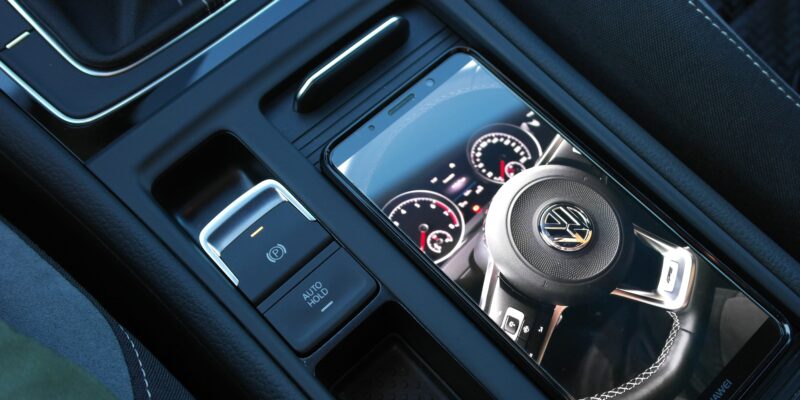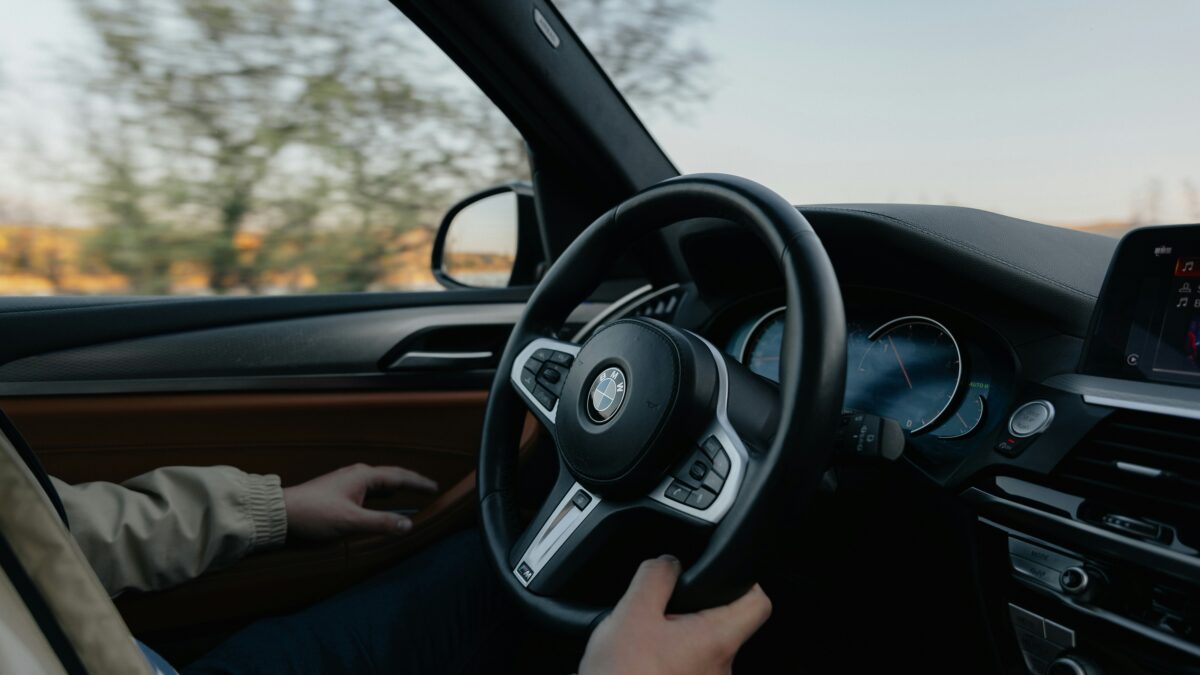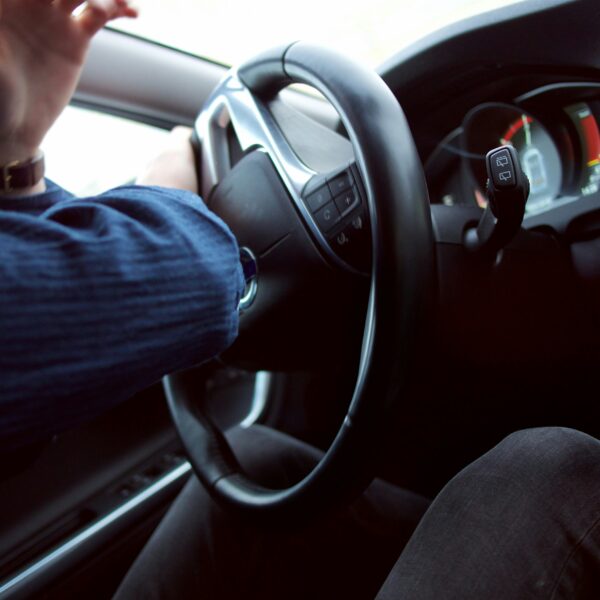IIHS Crash Tests Stiffen Criteria With Side-Impact Protection
As much as we’d like to credit autonomous driving for being the groundbreaking news of automotive manufacturing in 2021, the real star of the show is car safety.
We’ve witnessed great strides in safety innovation with the integration of driver assist technologies, like blind spot detection, automatic emergency braking, and forward collision warning. These advancements have singlehandedly transformed how well vehicles perform on the road, including how well drivers respond to precarious driving scenarios.
As a result, the driving experience is now more relaxed, yet with greater protection. These technologies serve as a mechanism to keep your focus at arms length. At all times. And in all probability, we can thank national safety organizations for helping us get to this point.
In recent years, IIHS crash tests and other safety regulators have toughened their protocols. Meaning only one thing for automakers: the better the safety, the better the score. Safety organizations have set the guidelines for what is deemed a safe car in today’s standards, which is something most consumers rely on.
Automakers are now scrambling to outrank their competition year after year by earning Good ratings in all categories. Knowing very well that U.S. consumers value these safety metrics so much so that it is often a determinant when buying a new car.
See how stricter IIHS crash tests are nudging automakers to produce safer vehicles.
How IIHS crash tests contribute to car safety
When it comes to IIHS crash tests, there are only two things to keep in mind: prevent crashes or lessen the impact. The Insurance Institute for Highway Safety has given us real time results. Each year they present automakers with a reason to improve from the last.
The effectiveness of IIHS crash tests have become more relevant with the inclusion of Top Safety Pick and Top Safety Pick+ awards. Global manufacturers strive to earn said ratings, whether or not they consider them well founded. Not only to gain an upper hand in the industry, but to claim their victory for consumers to see.
Structural issues are among the top setbacks of low scoring IIHS crash tests. In addition, headlight quality makes a significant influence on whether or not a model receives Top Safety Pick+ honor versus Top Safety Pick.
All said and done, the best way for automakers to combat the toughening criteria is to stay on top of the game. IIHS crash tests’ latest update clearly has the intention of improving side-crash test scores. Keep reading to find out why.
IIHS crash tests: side-impact evaluation
Over time, the side-impact crash has remained the toughest to surpass score wise. Unfortunately, side protection is one of the weakest impact points in every crash. Thereby, creating a greater risk for pelvic injuries and other severe contusions should an accident occur.
The Insurance Institutes’ decision to raise the criteria for this subgroup speaks volumes. Essentially, IIHS crash tests help to assess what is or isn’t working. Side-protection is still struggling to meet safety expectations in 2021. This enacted the safety organization’s latest mission: to solve the ongoing side-crash test problem. The easiest answer — implement stricter testing.
Of the small SUVs tested, the 2021 Mazda CX-5 was the only vehicle to receive the highest rank. According to IIHS President, David Harkey, these results present opportunities to improve, but at least shows that better side protection is achievable.
Harkey stated, “We developed this new test because we suspected there was room for more progress, and these results confirm that.” The CX-5 received a Good rating; all others were granted Acceptable or Marginal scores.
In conclusion
By 2023, automakers can expect the newly implemented criteria to be put into action. All 2022 models will be evaluated using the previous years’ evaluation. That said, the time to keep improving is ever-present. It seems every safety organizations truest intention is to inspire industry leaders to continually create safer cars. But also vehicles that can withstand accidents with less resulting injuries.
After all, humans are fallible. So behind the wheel of a car, there is always the chance an accident could unfold. This is why IIHS tests help us see the severity of those crashes. Hopefully, in time, the impact of high speed crashes will result in fewer fatalities. Only if automakers continually improve structural manufacturing and keep aiming for excellence with car safety technologies.
Tell us what you think about IIHS crash tests toughening their criteria. Do you believe it helps us get to better safety?
















Car saftey is so important. I’m glad they are making new ways for each vehicle to be safer.
Humans are fallible! I cannot wait until the majority of vehicles on the road are fully autonomous. I feel like there will be less accidents and less traffic.